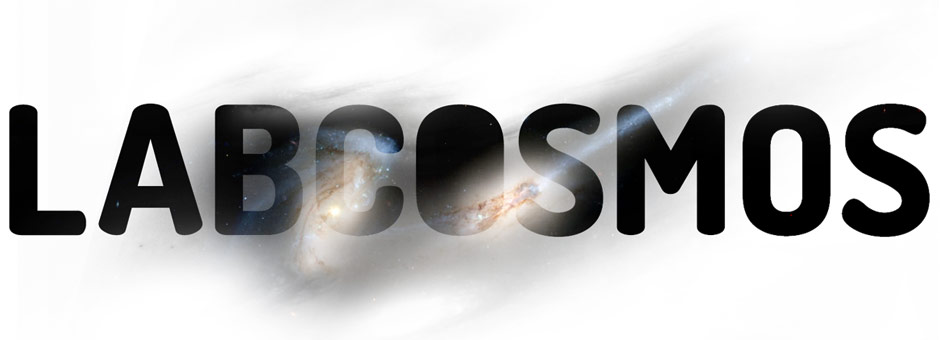ABRAS
ABRAS (Argentina-BrazilAstronomicalCenter) is a bi-national project to build a 1m robotic telescope, operating on the near infrared band. This telescope, that should have wide field of view, is located on the site of Cerro Macón, in the province of Salta, at an altitude of 4600m. On the argentine side, the project is been led by IATE.
The ABRAS Project
 The project comes after studies by ESO in the search for a site for the E-ELT. The excellent conditions of atmospheric turbulence, height, the darkness of the night sky and a high percentage of clear nights led to this consortium between Argentina and Brasil.
The project comes after studies by ESO in the search for a site for the E-ELT. The excellent conditions of atmospheric turbulence, height, the darkness of the night sky and a high percentage of clear nights led to this consortium between Argentina and Brasil.
In May 2012, we performed the lifting of the dome of 8 meters of diameter in the Observatory building ABRAS.
This project consists in the joint installation of a 1m/1.2m infrared robotic telescope with a medium size FOV (30 arcmin approximately) in the Macon site, Salta Province in Argentina at 4600 mosl. The unique scientific possibilities of such an instrument in this optimum location cover topics from solar system studies to the high redshift Universe. The possibility of undertaking infrared surveys can allow for unprecedented high quality data in different areas and may be clue for future follow-up programs in larger telescopes with smaller field of view.
The sky quality results of the report to ESO are consistent with a mean of 0.85 arcsec for a 1 year study period where the percentage of clear nights was better than 93%.
 Electricity supply is provided efficiently by a solar cell system, at the present, a 4.5 KVA is available and can be easily expanded.
Electricity supply is provided efficiently by a solar cell system, at the present, a 4.5 KVA is available and can be easily expanded.
A new satellite internet connection will be in place at the beginning of 2013 which can provide a reasonable start of activities at a 2 Mb speed.
Those involved in the project
Claudia Mendes de Oliveira. Universidade de São Paulo, Brasil.
Diego García Lambas, Universidad Nacional de Córdoba- CONICET, Argentina.
Participating Institutions
Ministerio de Ciencia, Tecnología e Innovación Productiva, MinCyT. Argentina
Universidade de São Paulo, Brasil.

